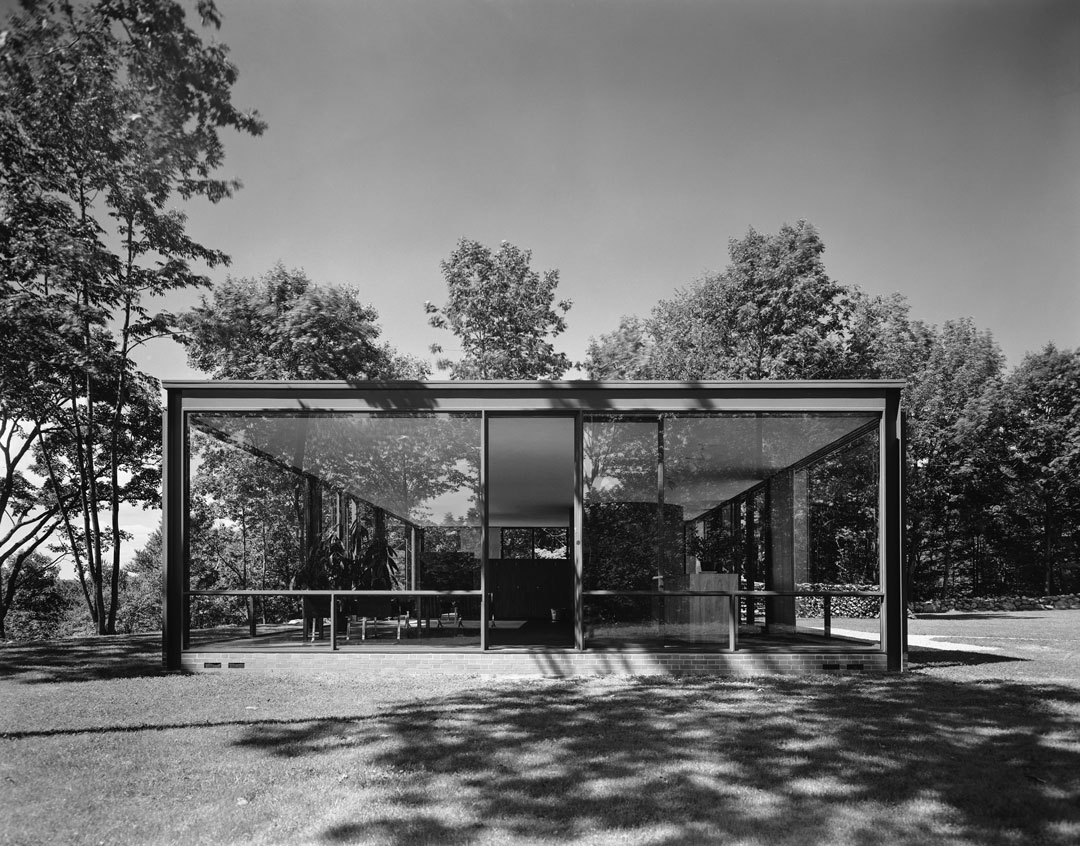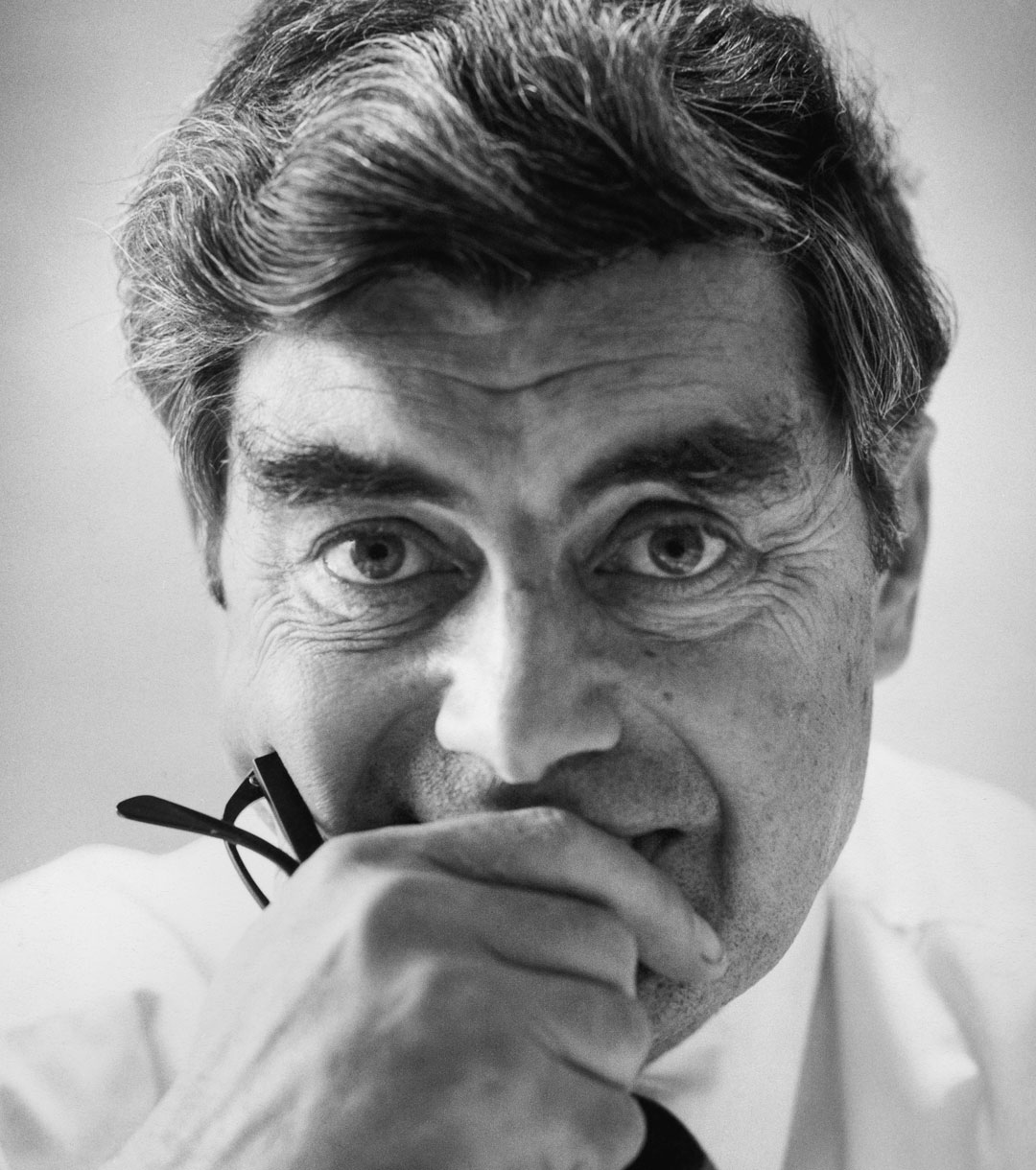
Ezra Stoller’s Modern America: The Glass House
Philip Johnson resisted the photographer's influence, but Stoller's shots may have helped the architect's reputation
The American 20th century architectural photographer Ezra Stoller was an incredibly meticulous and talented photographer, who captured the form and essence of many of America’s Modern architectural masterpieces. The quality and consistency of his work enabled Stoller to become, as Pierluigi Serraino writes in his new book, Ezra Stoller: A Photographic History of Modern American Architecture, “an architectural photographer of immeasurable consequence in crafting the enduring mythology of Modern architecture in postwar United States.”
However, some in the profession felt his influence and mythmaking was a little too great. As Serraino puts it, in the post-war period, “architects themselves started asking questions about the role of photography. They felt uncertain of the relationship between architecture as a vocation and as a media phenomenon.”
Chief among these critics was the American architect Philip Johnson. Johnson once wrote, “Do we not sometimes design for the pages of the Architectural Forum, do we not design too deliberately for an Ezra Stoller color shot? Is it not merely fashion we aim for?”
Indeed, Johnson even came up with a term to describe this photographer’s effect on a building, writes Serraino. “When architecture is ‘Stollerized,’ as Johnson pointed out, it undergoes a process of unification, in which one photographic signature gives a sense of cohesiveness to the work of a designer (whether or not it is truly consistent).” In some ways it's exactly the conversation that is going on around Instagram's effect on food, design, art and artchitecture today.
No one can doubt the consistency of The Glass House, Johnson’s domestic masterpiece, and the home in which the architect lived for much of his life. Stoller photographed the building at Johnson’s request, shortly after its completion in 1949, capturing its elegance and simplicity perfectly.

Should we be surprised to learn that Johnson was both critical of the photographer, while simultaneously offering him work? Perhaps not. While Johnson might have not wholly appreciated Stoller’s influence over American architecture, he certainly seemed to respect Stoller’s skills, and conducted a cordial, professional relationship with the photographer; “friendly, but not exactly friends,” was how Ezra’s daughter, Erica Stoller, later put it.
Ultimately, Johnson was wise to stay on good terms with Stoller, given the body of work the photographer shot. Pictures of Johnson’s Whitney House, John F. Kennedy Memorial Plaza, and his New York State Pavilion, for the New York World’s Fair, all feature in our book, demonstrating just how varied and creative an architect he was, and rescuing Johnson's reputation from the long shadow cast by his great mentor, Mies.
"In reviewing the projects of Philip Johnson—one of the most frequently cited and equally controversial characters in the field—the commonly held belief that his primary inspiration was the work of Ludwig Mies van der Rohe is called into question,” writes Serraino, “since the influence of Louis Kahn’s classical spatiality is evident as well.” Clearly, a little Stollerization isn’t a bad thing.

For more on Ezra Stoller’s photographic power, and to see many, many more beautiful images, order a copy of Ezra Stoller: A Photographic History of Modern American Architecture, here. The book is a captivating history of 20th-century Modern American architecture, as seen through the eyes of a legendary photographer. It's also one of the first books to present the breadth of Stoller's largely unseen archive of images, brought to life through exquisite color and duotone black-and-white reproductions.